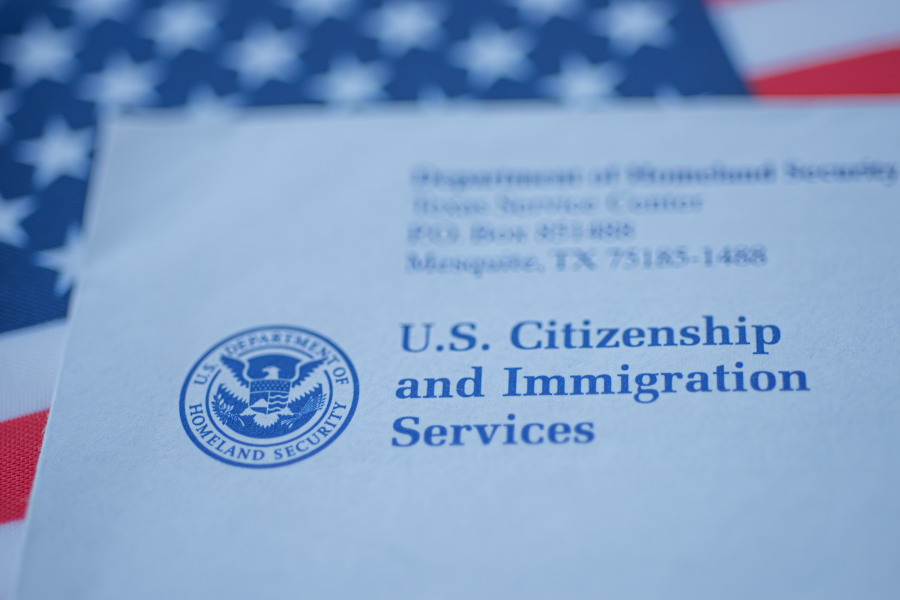As we approach the November elections it has never been clearer that this country faces upheaval and challenges that will bring about dramatic, lasting, and hopefully vital changes to our nation and its people. Of those people a record 44.8 million are immigrants, making up 13.7% of the nation’s population as of 2018 [1]. Immigration policy continues to play a significant role in the political debates raging in this country and has been bolstered significantly by the unprecedented COVID-19 pandemic which has served to reinforce the Trump administration’s anti-immigration agenda. The Trump presidency will have lasting effects on the U.S. immigration system long after his time in office. The administration worked at a rapid-fire pace ensuring that more than 400 policy changes on immigration were enacted during the four years he was in office. Future administrations will struggle with both the will and resources to undo these changes [2]. Below is a table comparing how the two candidates have and will handle immigration policy in the United States.

1]Abby Budiman et al., Facts on U.S. immigrants, 2018 Statistical portrait of the foreign-born population in the United States (2020), https://www.pewresearch.org/hispanic/2020/08/20/facts-on-u-s-immigrants/.
[2]Pierce and Bolter, supra note 1.
[3]Sarah Pierce & Jessica Bolter, Dismantling and Reconstructing the U.S. Immigration System: A Catalog of Changes under the Trump Presidency 126 (2020), https://www.migrationpolicy.org/research/us-immigration-system-changes-trump-presidency.
[4]The Biden Plan for Securing Our Values as a Nation of Immigrants | Joe Biden for President: Official Campaign Website, , https://joebiden.com/immigration/# (last visited Sep 28, 2020).




